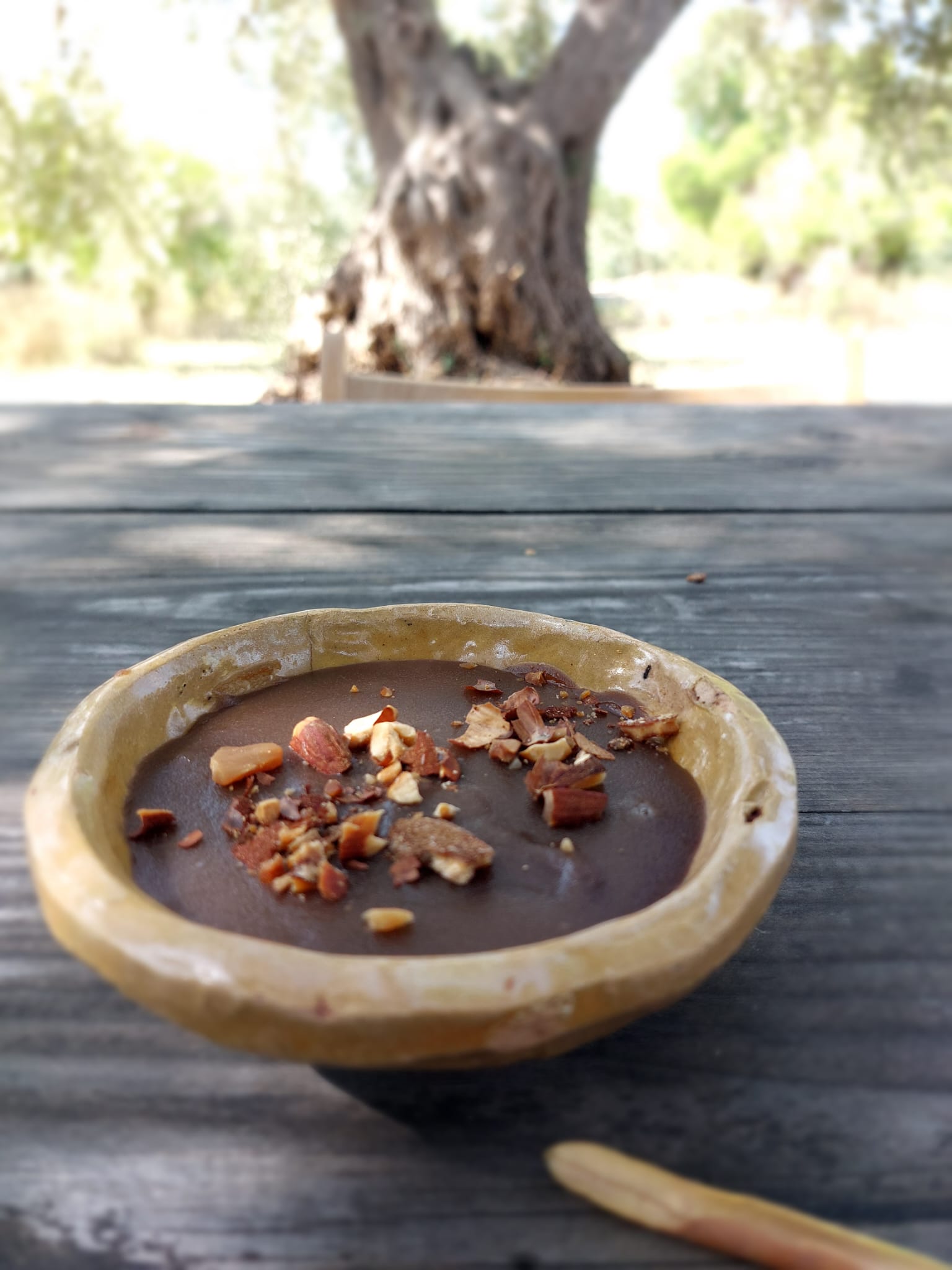When we think of Sicilian traditional pastries, our minds often turn to granita, cannolo, and cassata. However, Sicilian pastry has a history that predates these well-known treats. It dates back to a time when sugar had not yet been introduced, and one of the most famous desserts on the island was Mostata, a rare and distinctive delicacy that tantalizes the taste buds with its exceptionally simple, sweet, and aromatic profile.
What is Sicilian Mostata?
Mostata, or Mosto Cotto, is a traditional pudding made from freshly crushed grape juice. It’s more than just a dessert; it’s a unique creation sweetened using a unique ingredient: almond ash. (we know it sounds strange but lets read more)
The Making of Sicilian Mostata
The process of creating Sicilian Mostata begins during the grape harvest season, typically in late summer or early autumn. The grapes are hand-picked, crushed, filtered, and the resulting juice is collected.
Here’s where the magic happens: unlike contemporary methods that rely on sugar to sweeten the grape juice, Sicilian Mostata utilizes almond ash. Almond ash is obtained by burning the shells of locally grown almonds, creating a fine powder. This powder is then carefully added to the grape juice. It sits overnight, undergoing a chemical reaction during which all the acidity is absorbed by the ash. After filtering, the juice is cooked with some flour. The final step involves adding some crushed toasted almonds on top.
And depending of the season, usually still sunny and dry here in Sicily during the day, why not dry it to keep all winter?
We make it every year using the same molds that were passed down from our great-grandma, or perhaps even earlier. It’s a tradition that connects us to our Sicilian heritage. As the harvest season approaches, it’s time to savor the unique flavors of Mostata once again.

